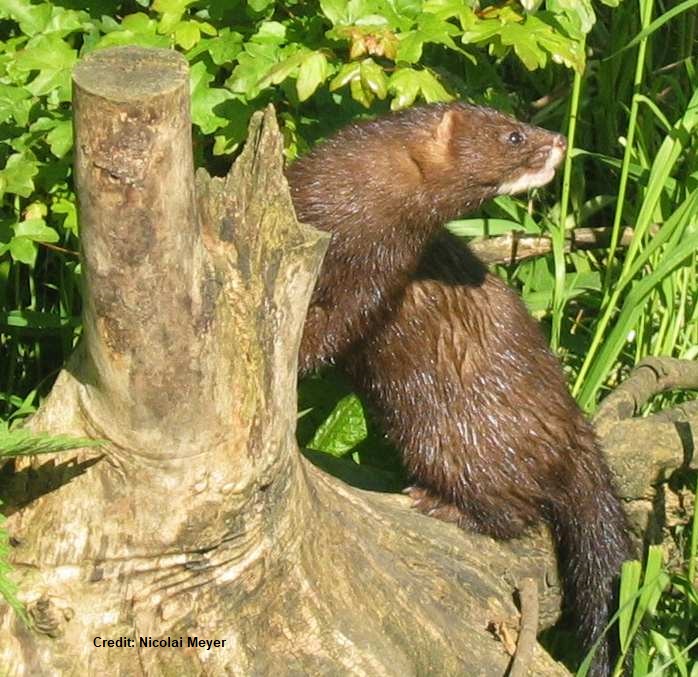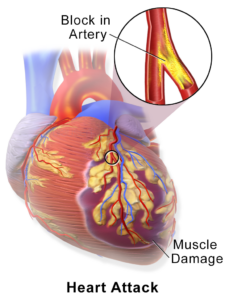Minks and the COVID-19 Outbreak: Know the facts

Dr. Juni Banerjee, PhD; Neucrad Health Desk, 26th December, 2010
Minks are mammals whose fur has been highly prized in the clothing and fashion industries. They are captivated and farmed extensively in many countries across the globe for the same reason. However, recent outbreaks of coronavirus in the mink despite the control measures farms raised a serious alarm and dire concerns. The reason being the findings that the novel coronavirus not only spreads from the human handlers to the minks but also gets mutated in a transmissible form back to the humans!

Of note, minks are among those animals that coronaviruses can infect. Transmission of the SARS-CoV-2 virus from minks to humans was first documented in the Netherlands. Struggles with these outbreaks put Denmark, the world’s largest producer of mink pelts, in a great deal of struggle. Outbreaks in the mink farms have been detected in the other parts of the globe viz. Sweden, Spain, Italy and the United States.
Thinking about the potential negative impacts of the mutated coronavirus on people’s health and efficacy of the anti-coronavirus vaccines, many countries initiated extensive culling of minks in their farms. The Netherlands decided to cull more than 10,000 this summer after the coronavirus outbreaks. Officials in Spain slaughtered almost 10 times as many after the outbreak in the Aragón province mink farm. Denmark decided to cull 17 million minks! However, later the Danish government reversed its decision to euthanize all minks in the country when concerns and oppositions came about the legality, necessity, and economic impact of the slaughter.
Concerns behind the Covid-19 infections of the Minks:
Since the beginning of the pandemic, more than 50 animal species have tested positive for the dominant strain of SARS-CoV-2, but epidemiologists didn’t bother so much as they bothered about stopping the spread in the minks. This is because unlike those other species, minks did not turn out to be dead-end hosts for the virus, meaning the virus was able to transmit back to humans from the minks, a phenomenon called zoonosis. Jannik Fonager, a virologist at Statens Serum Institute, expressed his concerns about any uncontrolled spread of Covid-19 infection of minks increasing the chances of the SARS-CoV-2 virus to evolve and develop more concerning mutations.
Mutation of Covid-19 virus in the Minks:
When the genetic code gets copied, some spontaneous, accidental and frequent errors occur, called as mutation. Coronaviruses as a general rule mutate slowly compared with other viruses. Interestingly, SARS-CoV-2 hasn’t shown fast mutations or significant mutations so far. However, Interestingly, Scientists found that the captive minks are testing positive for a mutated strain of the COVID-19 virus, that is not readily stopped by the antibodies of the dominant strain. Hence, the concern came about how the mutant strain might affect the human immune system and existing pandemic situation.
Researchers in Denmark have sequenced viral samples from 40 mink farms and identified some 170 coronavirus variants. Moreover, around 300 people were found with mutated variants originating from the mink. Mutations were mainly found in the gene encoding the coronavirus’s spike protein (the protein that the virus uses to enter the cell). This concerned the researchers because mutated spike protein could jeopardize the host’s immune system to detect the infection and development of the vaccine course. In particular, a unique combination of mutations called ‘Cluster-5’, was hard to be recognized by some Covid-19 recovered people. This suggests that the variant could be less responsive to antibody treatments or vaccines. Some more concerning mutations were found from the scientific communities.
Now, that the scientists have reviewed scientific data in more detail, Astrid Iversen, a virologist at the University of Oxford, UK suggests that the mink-associated mutations are not likely to be associated with rapid spread, morbidity and mortality.
Further research is needed to come into a solid conclusion, including investigating the role of a variety of animals we generally keep for getting food, fur, or other products. It is the most important measure right now to identify and locate different fur sectors in other countries and initiate mandatory surveillance programmes to prevent this deadly viral infection.


References:
- Oreshkova N, Molenaar RJ, Vreman S, Harders F, Oude Munnink BB, Hakze-van der Honing RW, Gerhards N, Tolsma P, Bouwstra R, Sikkema RS, Tacken MG, de Rooij MM, Weesendorp E, Engelsma MY, Bruschke CJ, Smit LA, Koopmans M, van der Poel WH, Stegeman A. SARS-CoV-2 infection in farmed minks, the Netherlands, April and May 2020. Euro Surveill. 2020 Jun;25(23):2001005. doi: 10.2807/1560-7917.ES.2020.25.23.2001005. PMID: 32553059; PMCID: PMC7403642.
- Oude Munnink BB, Sikkema RS, Nieuwenhuijse DF, Molenaar RJ, Munger E, Molenkamp R, van der Spek A, Tolsma P, Rietveld A, Brouwer M, Bouwmeester-Vincken N, Harders F, Hakze-van der Honing R, Wegdam-Blans MCA, Bouwstra RJ, GeurtsvanKessel C, van der Eijk AA, Velkers FC, Smit LAM, Stegeman A, van der Poel WHM, Koopmans MPG. Transmission of SARS-CoV-2 on mink farms between humans and mink and back to humans. Science. 2020 Nov 10:eabe5901. doi: 10.1126/science.abe5901. Epub ahead of print. PMID: 33172935.
- Singla R, Mishra A, Joshi R, et al. Human animal interface of SARS-CoV-2 (COVID-19) transmission: a critical appraisal of scientific evidence. Vet Res Commun. 2020;44(3-4):119-130. doi:10.1007/s11259-020-09781-0
- https://www.who.int/csr/don/06-november-2020-mink-associated-sars-cov2-denmark/en/









